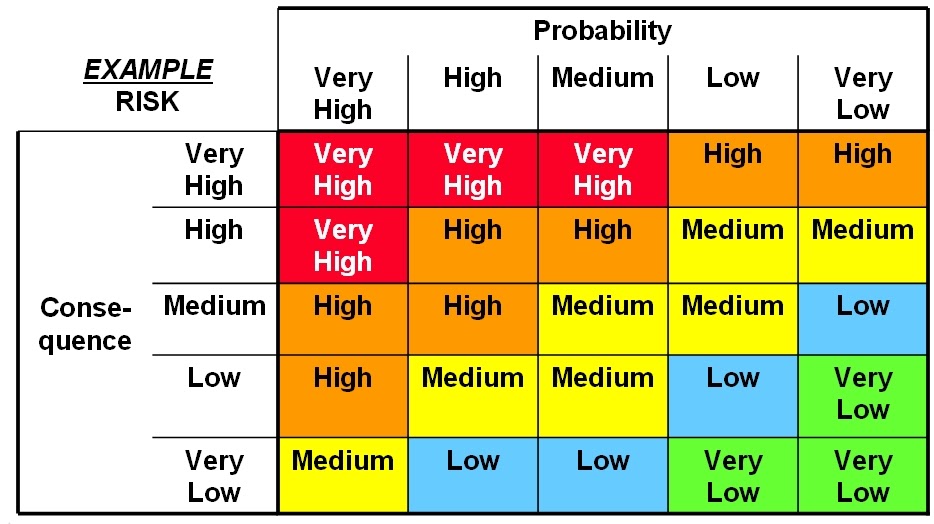
During UAT the development team fix defects based on priority.Severity status is based on the technical aspect of the product.Priority status is based on customer requirements.High severity and low priority status indicates defect have to be fixed but not on immediate bases.High priority and low severity status indicates, defect have to be fixed on immediate bases but does not affect the application.Its value is objective and less likely to change.Its value is subjective and can change over a period of time depending on the change in the project situation.QA engineer determines the severity level of the defect.Priority of defects is decided in consultation with the manager/client.Severity indicates the seriousness of the defect on the product functionality.Priority indicates how soon the bug should be fixed.Severity is associated with functionality or standards.Defect Severity is defined as the degree of impact that a defect has on the operation of the product.Defect Priority has defined the order in which the developer should resolve a defect.Priority vs Severity: Key Difference Priority Isolate the defect: Isolating the defect can help to find out its severity of the impact.So from a user’s perspective, it is more serious even though it is a minor defect.


Types of Priority of bug/defect can be categorized into three parts :

Critical: The business area cannot provide a critical service to the public.High: The business area cannot provide a non-critical service to the public, multiple users cannot perform a critical job function.Medium: Single-user cannot complete a job function.Low: No urgency/impact to business services, single-user "how to" or related to a service request.The business urgency of an incident is measured by how quickly the incident needs to be resolved. Affects Organization: University of Minnesota issue of a service, all users impacted.Affects Multiple Departments or College/Unit: Multiple departments and/or Locations impacted, or a significant service is unavailable to the public.Affects Group or Single Department: Low business impact, may be single or multi-user issue where the service is not significant.Affects Single Person: Single-user business impact, general break/fix issue with no or little business impact or service request.The business impact of an incident is measured by how large the interruption is to the organization. This article gives specific definitions for the impact, urgency, and priority of a ticket when working with users.


 0 kommentar(er)
0 kommentar(er)
